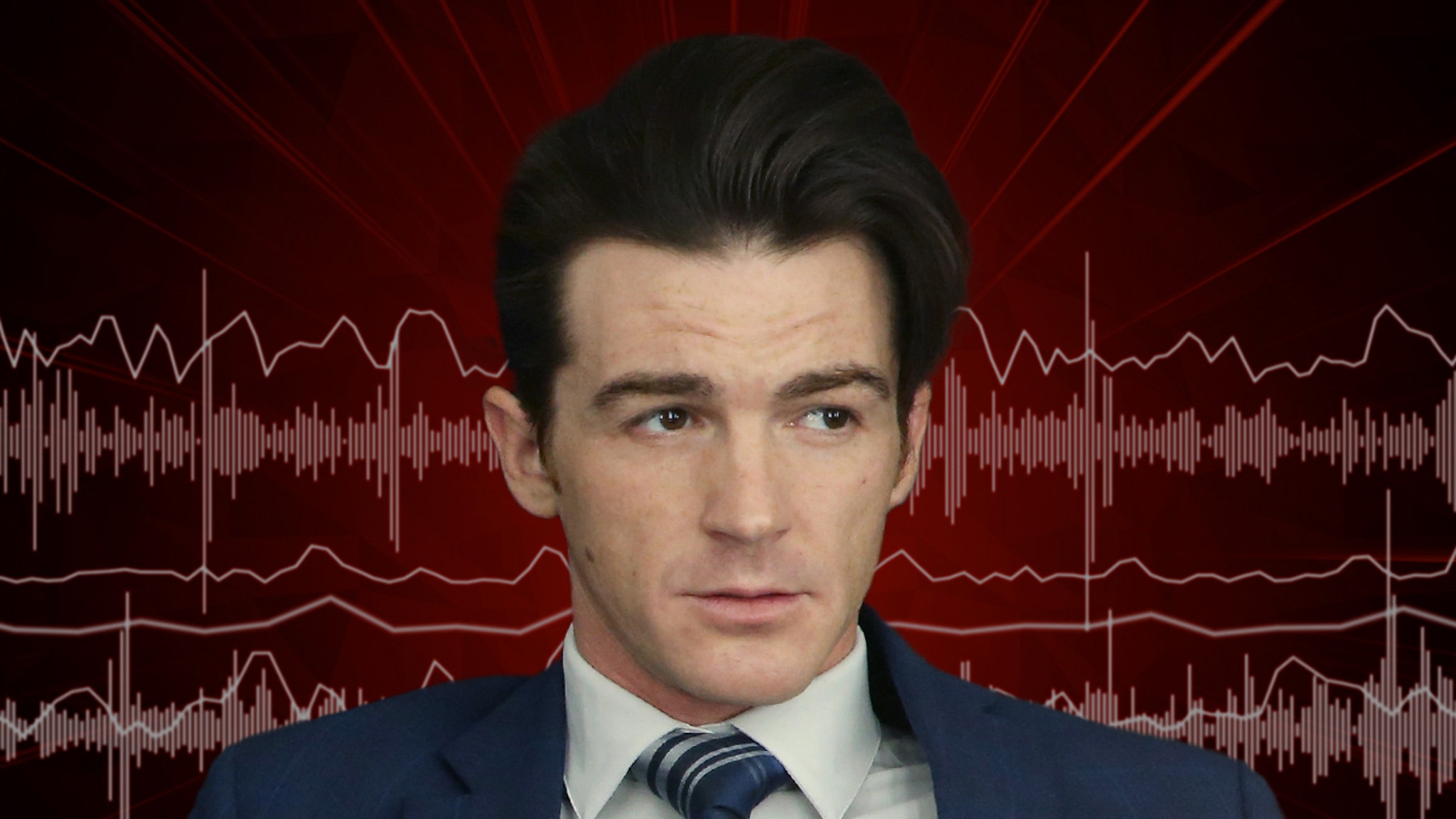Understanding (inurl:post) 911 Calls: A Comprehensive Guide
In today’s fast-paced world, the phrase “(inurl:post) 911 call” has become synonymous with urgent help in critical situations. Whether it’s a medical emergency, a fire outbreak, or a crime in progress, dialing 911 connects individuals to trained professionals who can provide immediate assistance. These calls are not just a lifeline for those in need but also a crucial tool for first responders to assess and manage emergencies effectively. Understanding how these calls work and their significance can empower individuals to act swiftly and responsibly in high-pressure scenarios.
The process behind a (inurl:post) 911 call involves a sophisticated system designed to prioritize emergencies and dispatch the appropriate resources. When someone dials 911, their call is routed to a Public Safety Answering Point (PSAP), where trained operators gather essential information such as the caller’s location, the nature of the emergency, and any immediate risks. This information is then relayed to police, fire, or medical teams who are dispatched to the scene. The efficiency of this system depends on the accuracy of the information provided by the caller, making it vital for individuals to stay calm and communicate clearly during such calls.
Despite the widespread use of 911 services, misconceptions about how they function persist. For instance, some people may not realize that 911 calls can also be made from mobile phones, even without a service plan, or that misuse of the service can lead to delays for those in genuine need. This article delves into the intricacies of (inurl:post) 911 calls, exploring their role in public safety, the challenges they face, and how individuals can contribute to their effectiveness. By the end of this guide, you’ll have a deeper understanding of this critical service and its impact on communities.
Read also:Explore The World Of 300 Hdmovies4u A Comprehensive Guide
Table of Contents
- What Happens During a (inurl:post) 911 Call?
- How Can You Make an Effective (inurl:post) 911 Call?
- Why Are (inurl:post) 911 Calls Important for Public Safety?
- What Are the Common Challenges in (inurl:post) 911 Call Systems?
- How Technology Is Transforming (inurl:post) 911 Services
- Can You Trust the (inurl:post) 911 Call System?
- What Are the Legal Implications of Misusing (inurl:post) 911?
- Frequently Asked Questions About (inurl:post) 911 Calls
What Happens During a (inurl:post) 911 Call?
When you dial 911, a series of well-coordinated actions unfold to ensure your emergency is addressed promptly. The first step involves connecting you to a Public Safety Answering Point (PSAP), which serves as the central hub for emergency calls in your area. Once connected, a trained dispatcher answers your call, often within seconds. Their primary goal is to gather critical information quickly and efficiently, ensuring that the appropriate emergency services are dispatched without delay.
During a (inurl:post) 911 call, the dispatcher will typically ask for your location, the nature of the emergency, and any other details that could help first responders prepare for the situation. For example, if you’re reporting a fire, they may ask about the size of the flames or whether anyone is trapped inside. If it’s a medical emergency, they might inquire about the patient’s condition or any visible injuries. These questions are not meant to waste time but to ensure that the right resources—whether it’s an ambulance, fire truck, or police car—are sent to your location.
Behind the scenes, the dispatcher uses specialized software to track your call and relay information to the appropriate agencies. In many cases, GPS technology is employed to pinpoint your exact location, especially if you’re calling from a mobile phone. This technology has significantly improved response times, particularly in rural or unfamiliar areas where callers may struggle to provide precise addresses. Once the necessary information is collected, the dispatcher remains on the line to offer guidance or reassurance until help arrives. This entire process underscores the importance of staying calm and providing accurate information during a (inurl:post) 911 call.
Why Is Location Information Critical in a 911 Call?
One of the most crucial pieces of information during a (inurl:post) 911 call is your location. Emergency responders rely heavily on accurate location data to reach the scene as quickly as possible. When you call from a landline, the dispatcher can often see your address automatically, thanks to Enhanced 911 (E911) systems. However, mobile calls present unique challenges, as the caller’s location may not always be precise, especially in remote or densely populated areas.
To address this, modern 911 systems incorporate GPS and triangulation technologies to estimate the caller’s position. Despite these advancements, it’s still essential for callers to provide their location verbally whenever possible. For instance, if you’re in a large building or a park, mentioning landmarks or specific details can help responders locate you faster. Additionally, if you’re calling from an unfamiliar area, describing nearby intersections or businesses can make a significant difference.
How Can You Ensure Your Location is Accurate?
- Provide your exact address if you’re calling from a known location.
- Mention nearby landmarks or cross streets if you’re unsure of the address.
- Describe your surroundings in detail, especially if you’re in an open or rural area.
How Can You Make an Effective (inurl:post) 911 Call?
Making an effective (inurl:post) 911 call requires preparation, clarity, and composure. The first step is recognizing when it’s appropriate to dial 911. This service is reserved for life-threatening emergencies, such as medical crises, fires, or crimes in progress. Non-emergency situations, like reporting a minor traffic accident or a lost pet, should be directed to local authorities using non-emergency phone numbers. Misusing 911 can lead to delays for those in genuine need, so it’s essential to use the service responsibly.
Read also:Exploring Odia Mms Video Trends Impact And Insights
Once you’ve determined that your situation warrants a 911 call, the next step is to stay calm and focused. Panic can make it difficult to communicate clearly, which may hinder the dispatcher’s ability to assess the situation. Before dialing, take a deep breath and gather your thoughts. When the dispatcher answers, speak slowly and clearly, providing your name, location, and a brief description of the emergency. Avoid using jargon or overly technical terms, as this can confuse the operator.
Another key aspect of an effective (inurl:post) 911 call is following the dispatcher’s instructions. These professionals are trained to guide callers through various scenarios, such as administering CPR or evacuating a building. Listening carefully and acting on their advice can make a significant difference in the outcome of the situation. Additionally, staying on the line until help arrives ensures that the dispatcher can provide ongoing support and updates to first responders.
What Should You Avoid During a 911 Call?
While making a (inurl:post) 911 call, there are several common mistakes to avoid. One of the most frequent errors is hanging up prematurely. Even if you feel the situation is resolved or you’ve provided all the necessary information, it’s important to remain on the line until the dispatcher advises otherwise. Hanging up can lead to misunderstandings or delays in response times.
Another pitfall is providing incomplete or inaccurate information. For instance, failing to mention the number of people involved in an emergency or downplaying the severity of the situation can impact the resources dispatched. Additionally, avoid using slang or overly emotional language, as this can make it difficult for the dispatcher to understand the situation. Instead, focus on being concise and factual.
Quick Tips for an Effective 911 Call
- Stay calm and speak clearly.
- Provide your exact location and a brief description of the emergency.
- Follow the dispatcher’s instructions without hesitation.
Why Are (inurl:post) 911 Calls Important for Public Safety?
The role of (inurl:post) 911 calls in public safety cannot be overstated. These calls serve as the primary link between individuals in distress and the emergency services that can provide life-saving assistance. Whether it’s a medical emergency, a fire, or a crime, the ability to quickly connect with trained professionals can mean the difference between life and death. The system’s efficiency lies in its ability to prioritize and respond to emergencies in real-time, ensuring that help arrives as swiftly as possible.
One of the key benefits of (inurl:post) 911 calls is their accessibility. In most areas, dialing 911 is free and can be done from any phone, including mobile devices without a service plan. This universal access ensures that even individuals without regular access to communication tools can reach out for help in critical situations. Furthermore, advancements in technology have enhanced the system’s capabilities, allowing dispatchers to locate callers more accurately and dispatch resources more efficiently.
Another significant aspect of (inurl:post) 911 calls is their role in community safety. By providing a centralized point of contact for emergencies, the system enables first responders to coordinate their efforts and allocate resources effectively. This coordination is particularly crucial during large-scale emergencies, such as natural disasters or terrorist attacks, where multiple agencies may need to work together to manage the situation. Overall, (inurl:post) 911 calls are a cornerstone of public safety, ensuring that help is always just a phone call away.
What Are the Common Challenges in (inurl:post) 911 Call Systems?
Despite their critical role in public safety, (inurl:post) 911 call systems face several challenges that can impact their effectiveness. One of the most significant issues is outdated infrastructure. Many 911 systems were designed decades ago and struggle to keep up with modern technological advancements. For example, while most people now use mobile phones, some 911 centers still rely on landline-based systems, which can lead to delays or inaccuracies in locating callers.
Another challenge is the high volume of calls during emergencies. Natural disasters, large-scale accidents, or widespread power outages can overwhelm 911 centers, leading to longer wait times and delayed responses. This issue is compounded by the fact that many calls are non-emergency in nature, further straining the system’s resources. To address this, public awareness campaigns have been launched to educate people on when to use 911 and when to seek alternative forms of assistance.
Finally, there’s the issue of caller misinformation or misuse. Some individuals may accidentally dial 911 or use the service for non-emergency purposes, such as asking for directions or reporting minor inconveniences. These calls divert resources away from genuine emergencies and can lead to frustration for both callers and dispatchers. Training programs and community outreach initiatives are essential to combat this issue and ensure the system remains effective for those who truly need it.
How Can Technology Address These Challenges?
Technology plays a pivotal role in addressing the challenges faced by (inurl:post) 911 call systems. For instance, Next Generation 911 (NG911) systems are being developed to replace outdated infrastructure with modern, internet-based solutions. These systems allow for more accurate location tracking, multimedia support (such as texts and photos), and improved communication between agencies. By adopting NG911, 911 centers can enhance their ability to respond to emergencies efficiently.
Benefits of Next Generation 911
- Supports text messages, photos, and videos for richer communication.
- Improves location accuracy using GPS and IP-based technologies.
- Enables seamless collaboration between multiple agencies.
How Technology Is Transforming (inurl:post) 911 Services
The evolution of technology has brought about significant improvements in
Who Is ісак халльберг? Discovering The Life And Achievements Of A Remarkable Individual
AR High School Baseball Scores: A Comprehensive Guide To The Exciting World Of High School Baseball
Discover The Best Marijuana Dispensary Laughlin, NV Has To Offer

Drake Bell Threatened Suicide After Falling Out with Wife, According to

911 Call Leads Troopers To Greenwich I95 WrongWay Driver Greenwich